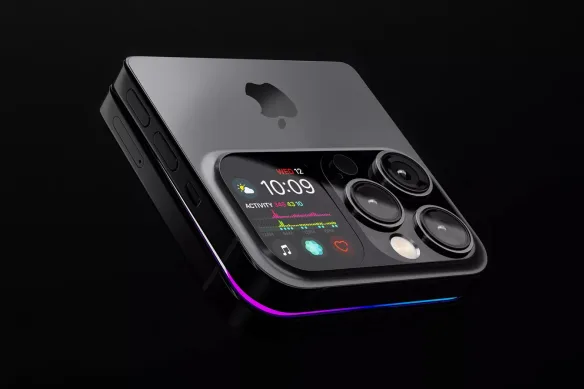Apple released the new iOS version, number iOS 18.1.1 update on November 19, 2024 in order to fix some severe bugs and improve security of its products. This update affects several iPhones beginning with the XS model, numerous iPads, and Mac OS systems. Here is a brief of what the update is all about, why it is important and the implications of the update to the users.
Key Security Fixes
The iOS 18.1.1 update resolves two critical vulnerabilities:
- JavaScriptCore Framework Issue (CVE-2024-44308): This can result in arbitrary code being executed through the content of a web site. It could be abused to cause pharming and direct users to malicious Websites or ignorantly influencing session tokens.
- WebKit Vulnerability (CVE-2024-44309): This weakness left systems open to cross site scripting danger, followed by a second form that was a threat to the users data such as cookies and session details.
Apple’s fixes are as follows: better system checks, to protect users from these active exploits. Security specialists, including Sean Wright, stress on this patch, as well as the gravity of the problem.
System Compatibility
Devices eligible for the update include:
- iPhones: XS and newer.
- iPads: 3G and later, Air 3rd generation and later, Mini 5th generation and later, all Pro models.
- Mac systems: With new versions for Safari 18.1.1 for macOS Ventura and Sonoma.
- Apple Vision Pro: Updated via visionOS 2.1.1.
- This broad compatibility guarantees the user’s devices on the Apple ecosystem to be protected in every possible aspect.
Installing the Update
To install the latest iOS update, Apple recommends:
- Option to restore from the iCloud or from another computer.
- Connecting to Wi-Fi.
- Moving to Setting, then Generals, and lastly Software Update.
- Selecting Install Now or Download and Install, and entering your passcode to proceed.
New Features in iOS 18.1.1 update
While the primary focus of iOS 18.1.1 update is on security, some users have observed minor usability enhancements:
- Bug Fixes: Some problems from iOS 18, for instance iMessage stickers have been rectified.
- Apple Intelligence Integration: Notification management is made easier through AI enhancements while Siri experiences are enriched and the Photos app made smarter for grouping memories based on trips, people and pets.
- Battery Life Adjustments: A few customers have complained of their batteries discharging quicker after they received the update. They attribute this to background processes such as indexing.
User Feedback and Reactions
The response to iOS 18.1.1 update has been mixed:
- Positive Reviews: Some people are glad to get improvements for existing issues, for example, enhancements of iMessage performance.
- Negative Feedback: A few users complained about constant problems such as Dark Mode problems, screenshots with oversaturated colors, and problems with the new Photos app Some issues are temporary, for instance battery issues.

Future Updates: What’s Next?
Apple’s next iOS update—18.2—is already in public beta testing, hinting at exciting features:
- Genmoji: An application that allows its users to design emojis using text inputs.
- Visual Intelligence: This is similar to Google Lens, which is Apple’s equivalent that allows superior image identification.
- Find My App Enhancements: Better identification and classification of processes.
These features reveal how Apple brings the functionality of a product together with the AI capabilities for users.
The release of iOS 18.1.1 update shows that Apple pays much attention to safety and has new directions. While eliminating important risks and improving system reliability, the update safeguards individuals while preparing the basis for future developments. If you have not done it before, updating your gadget is helpful in keeping your gadget safe and ready for the next innovations by Apple.
source:: macobserver.com








